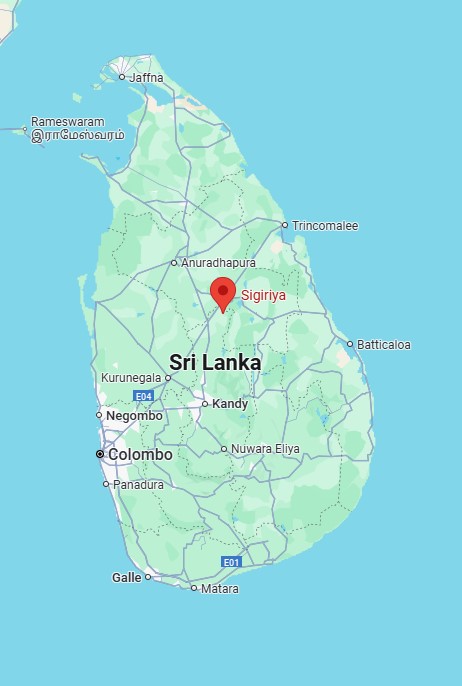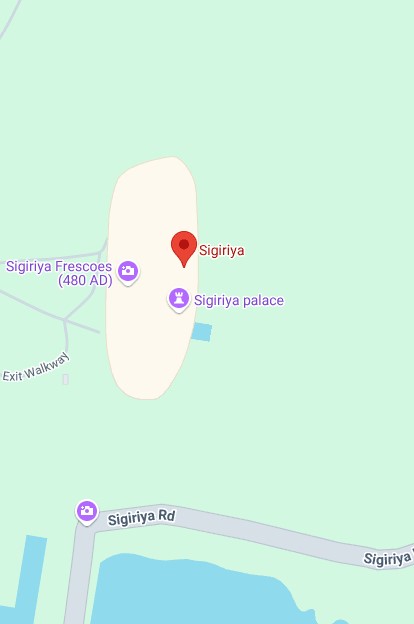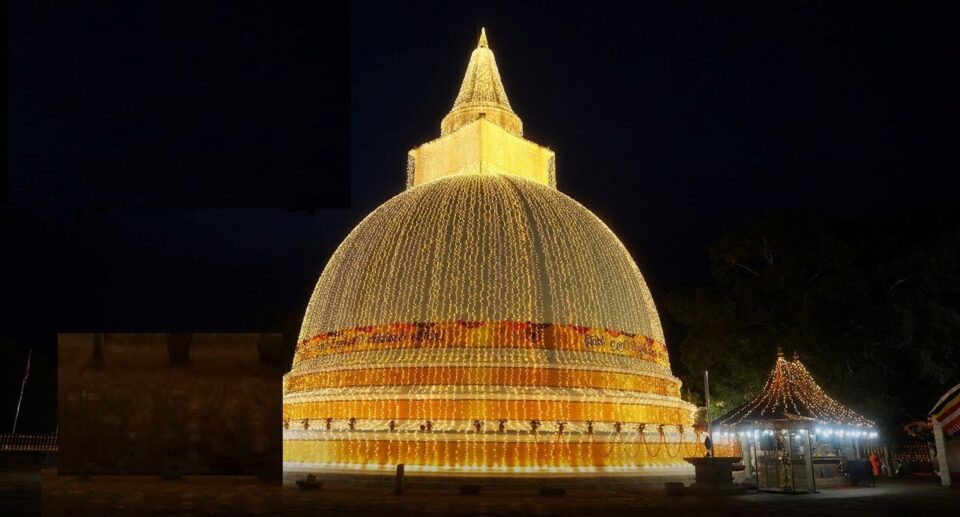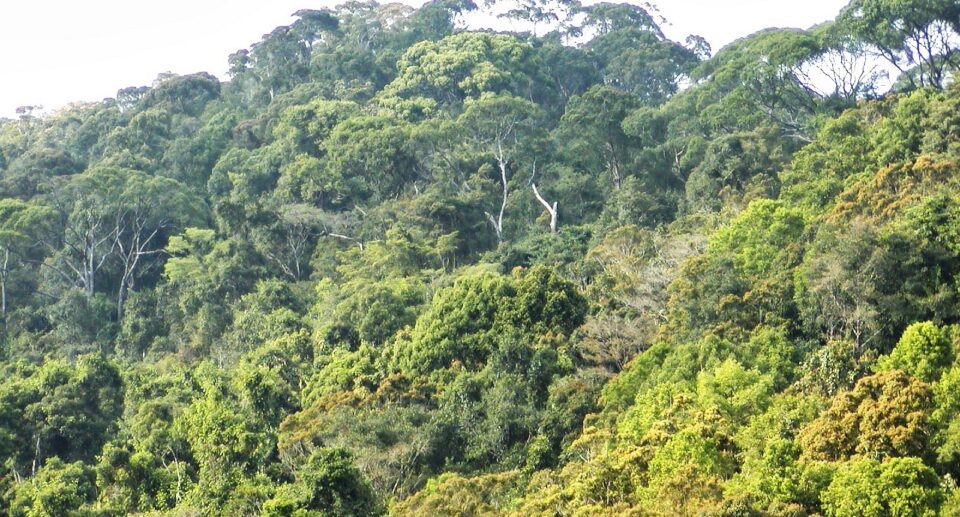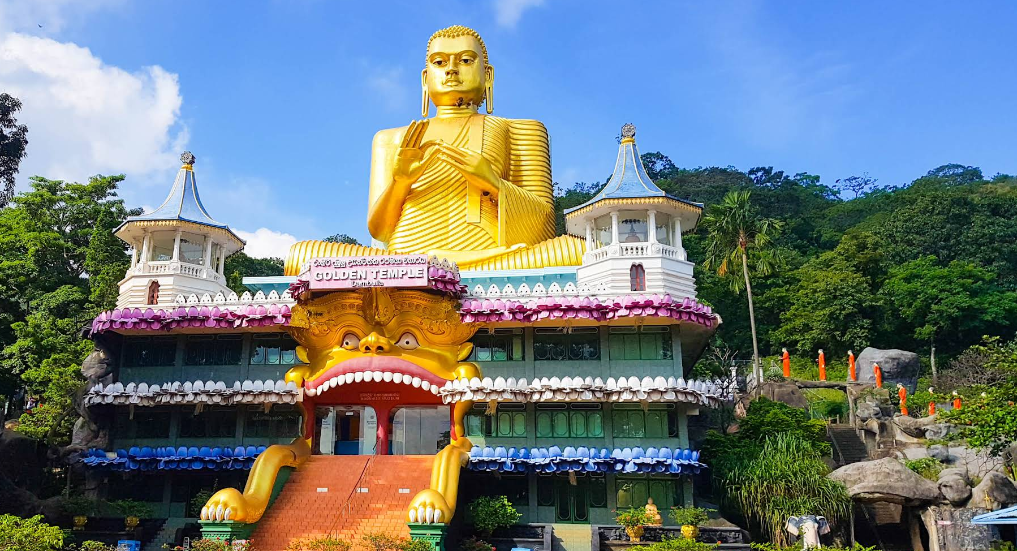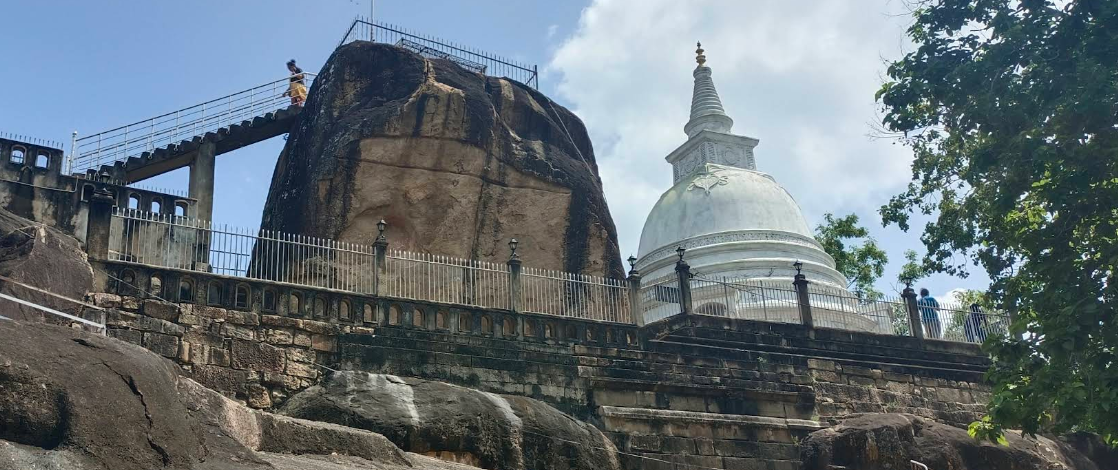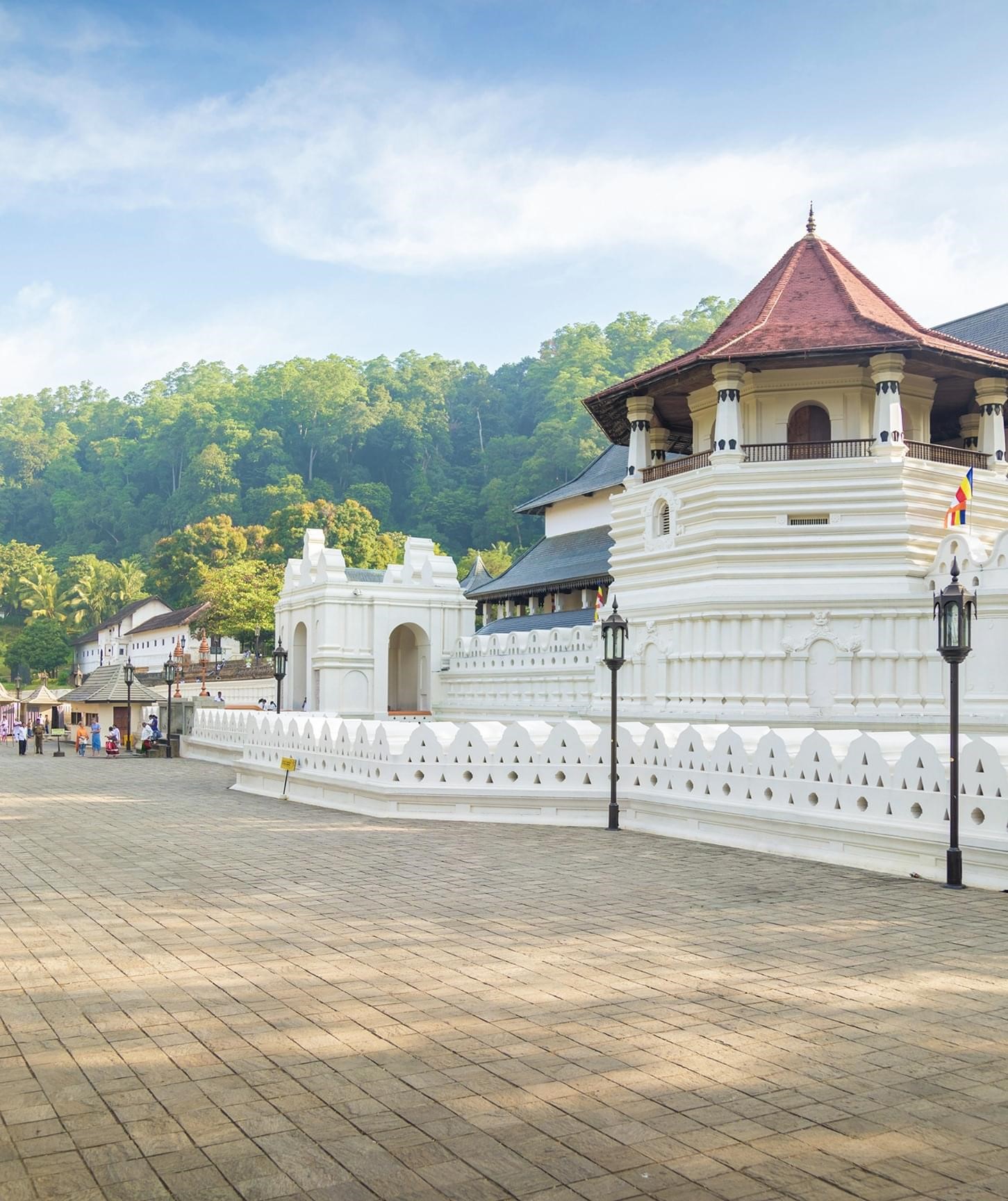Sigiriya: The Lion Rock Fortress of Sri Lanka
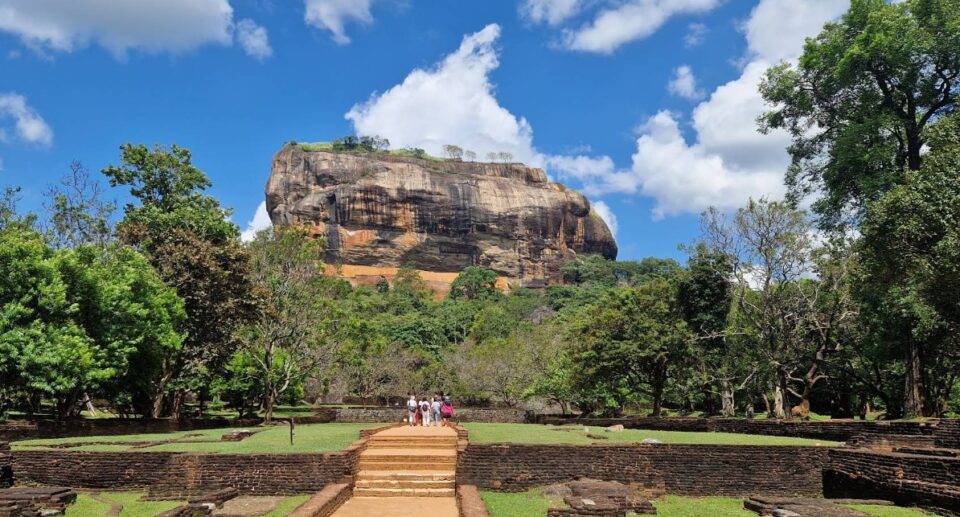
Hidden deep within Sri Lanka’s Central Province lies Sigiriya, an awe-inspiring ancient rock fortress that has captivated scholars, archaeologists, and travelers in equal proportion for millennia. Fondly called the “Eighth Wonder of the World,” Sigiriya or Sinhagiri or Lion Rock is a glowing testament to the ingenuity and vision of ancient Sri Lankan civilization. This UNESCO World Heritage Site is not just an engineering and urban planning wonder, but also a representation of political intrigue, artistic brilliance, and cultural heritage.
Historical Background
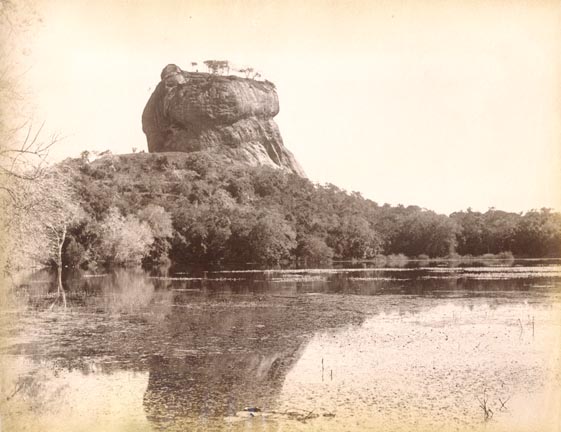
The history of Sigiriya goes back to the 5th century AD during the time of King Kashyapa I (477–495 AD). As described by the ancient history Culavamsa, Kashyapa deposed his father, King Dhatusena, in a coup and feared revenge from his half-brother, rightful king Moggallana. To protect himself, Kashyapa relocated the capital from Anuradhapura to the safer location of Sigiriya, a colossal rock rising 200 meters (660 feet) above the plain.
Kashyapa transformed the rock and its environs into a vast city and royal palace complex with gardens, moats, and large frescoes. Sigiriya remained unused as a royal palace after its defeat by Moggallana in 495 AD and then served as a Buddhist monastery up to the 14th century.
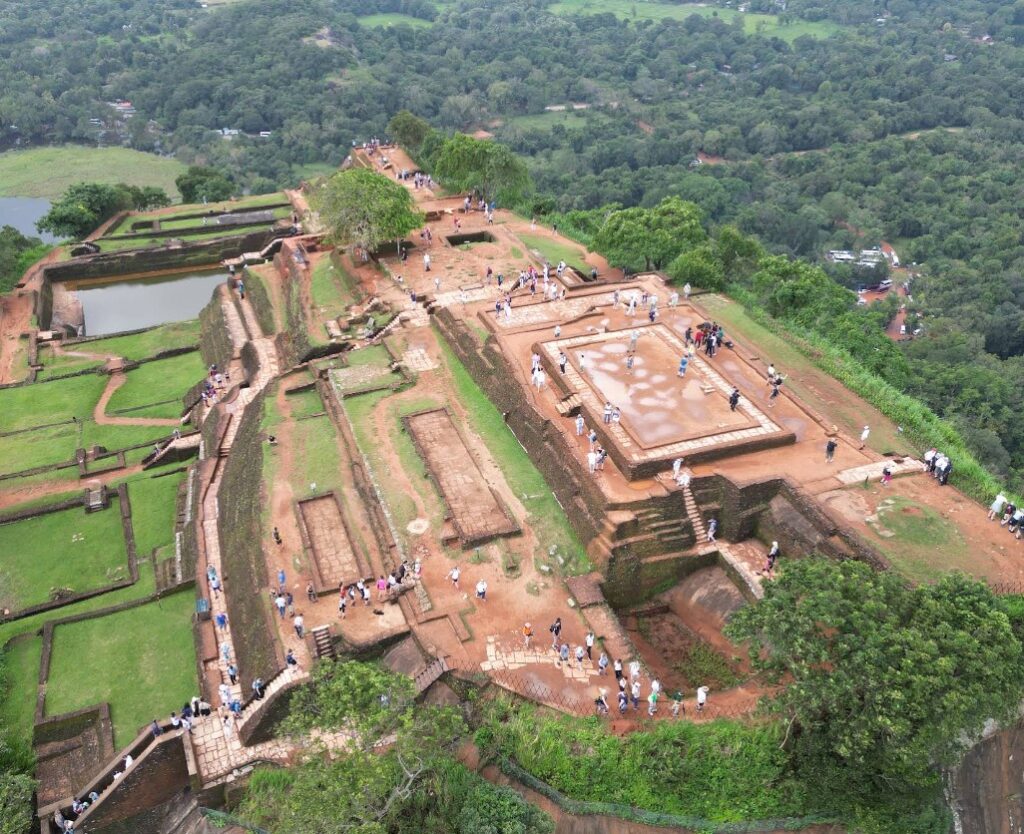
Architectural and Engineering Marvel
Sigiriya is famous for its sophisticated building design and urban planning. The area is divided into various areas: the Water Gardens, Boulder Gardens, and Terraced Gardens up to the summit of the rock on which the royal palace stood.
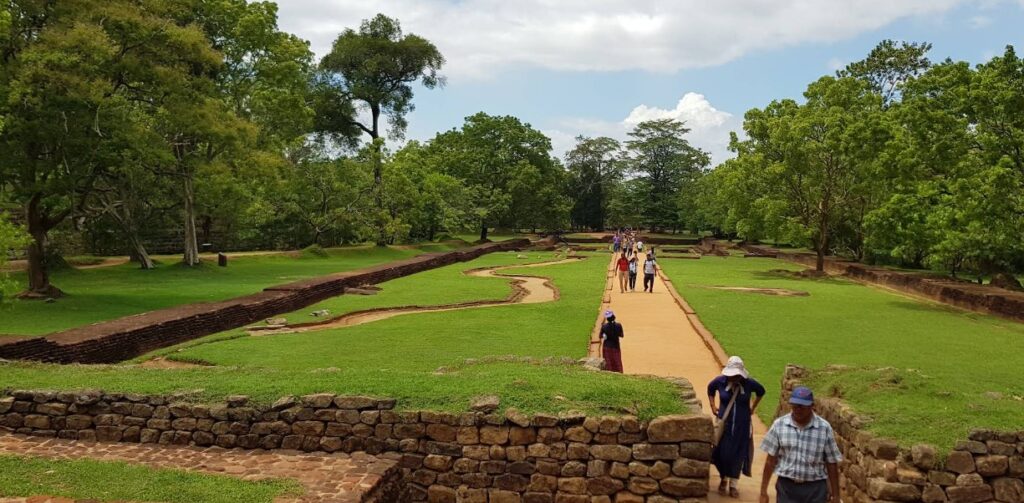
- The Water Gardens
On the approach to the complex are the Water Gardens, an excellent specimen of sophisticated hydraulic engineering. Symmetrical and exquisitely trimmed, the gardens hold pools, fountains, and canals that are equally spaced. More amazing is the fact that some of the fountains function even to date during the rainy months as proof of the technological know-how of the old engineers.
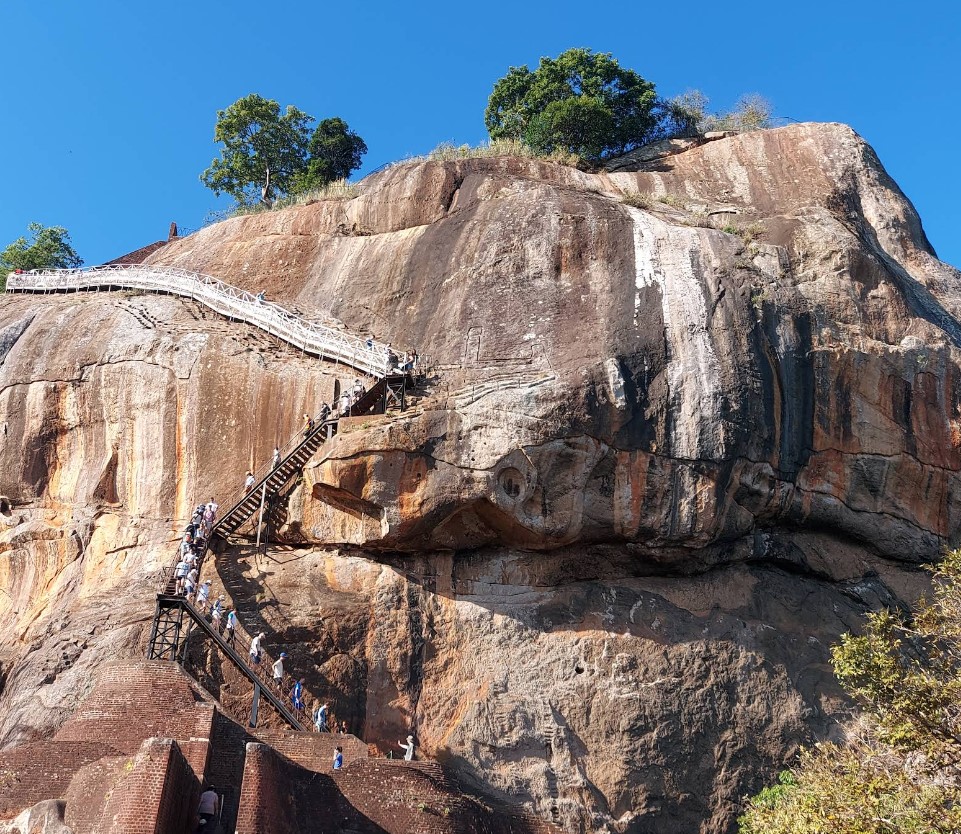
- The Boulder and Terraced Gardens
Approaching the rock, visitors reach the Boulder Gardens, composed of enormous natural boulders that have been modified for functional purpose and aesthetics. Some served as guardposts, while others were part of meditation shelters used by monks in later years. Higher are the Terraced Gardens, carved into the face of the rock on stepped levels, providing access to the top of the rock. - The Lion’s Gate and the Stairway
The most symbolically renowned part of Sigiriya is the Lion’s Gate. A massive gateway in the form of a lion’s paws half up the rock, the Lion’s Gate gives entrance to the climb up to the final thrust. Originally, an entire lion sculpture of head and forepaws was purportedly placed over the gateway, symbolizing power and authority. The only remnants remaining now are the massive paws, carved out of the rock, which give a regal and awe-inspiring presence.
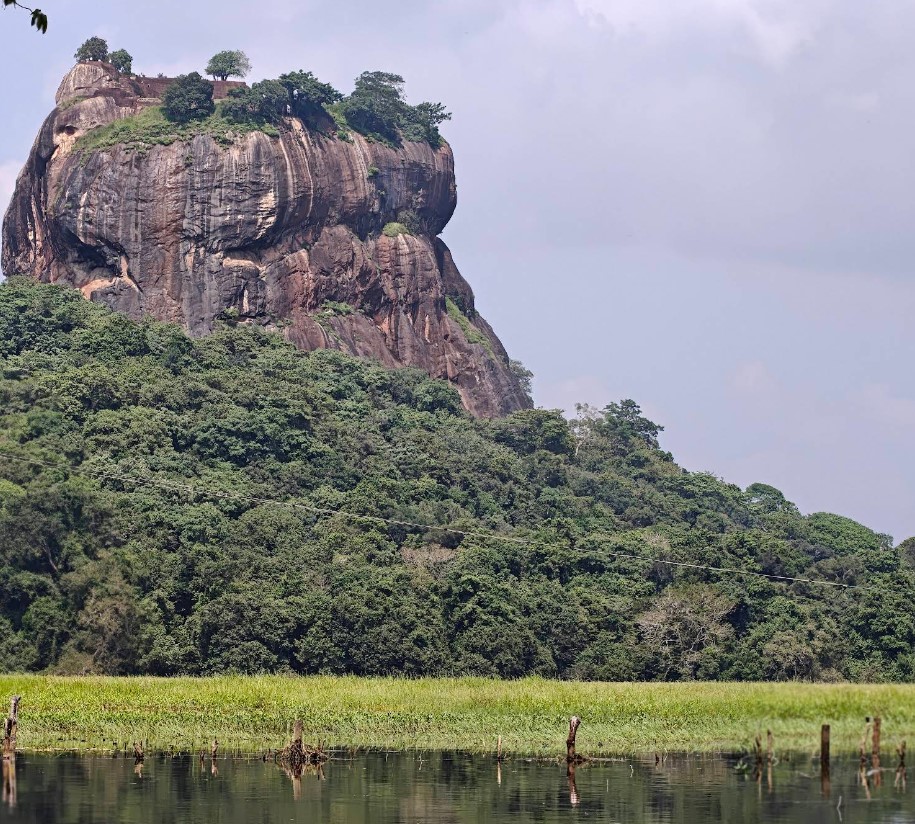
The Summit
The summit of Sigiriya, approached by a steep stairway carved into the rock, contained the royal palace. Little of the original construction survives, but the remains reveal an equally well-planned complex of royal dwelling, cisterns, and vantage galleries. The summit provides spectacular and strategic panoramic views over the surrounding country—perfect for use as a spy in time of war.
Sigiriya Frescoes
One of Sigiriya’s best artworks is the set of frescoes found in a sheltered alcove of the rock, roughly half-way to the top. They depict celestial maidens known as “Sigiriya Damsels” and are believed to be either apsaras or royal handmaids. The frescoes, executed in natural colors, contain a lot of elegance, color, and detail, demonstrating the refinement of ancient Sinhalese art.
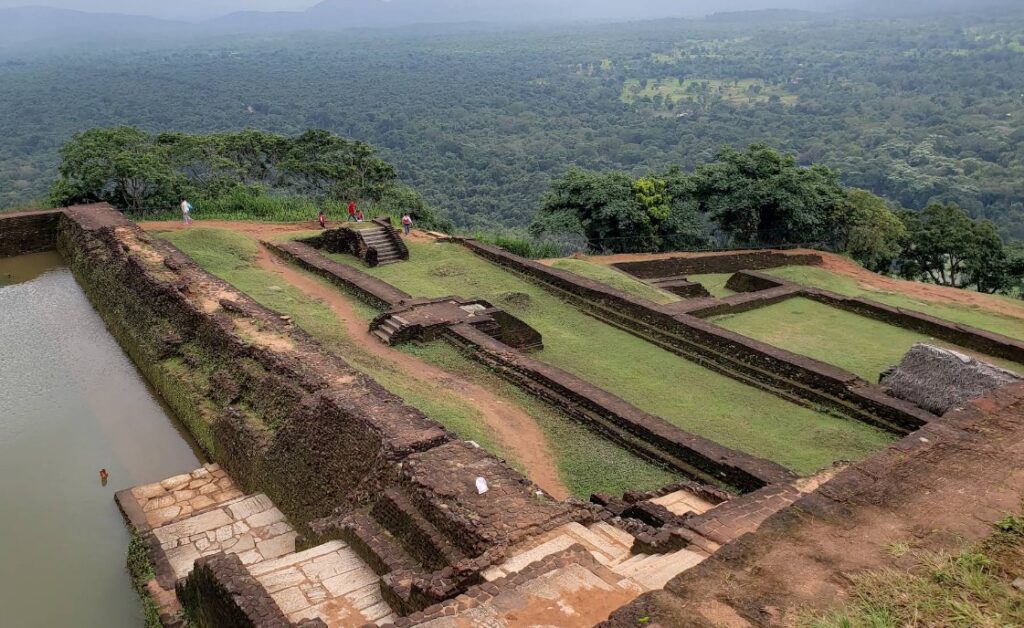
Initially, there had been reportedly some 500 frescoes, but nowadays only approximately 20 are left. These paintings, although ancient, continue to attract admiration because of their sensuality and beauty.
The Mirror Wall
Another remarkable feature of Sigiriya is the Mirror Wall, which is a white plastered wall that was originally reflective. Travelers over the centuries wrote poems and commentary on the wall, some of which are as old as the 8th century. The inscriptions are the oldest finds of Sinhala literature and are even helpful in analyzing the social and cultural climate of ancient Sri Lanka.
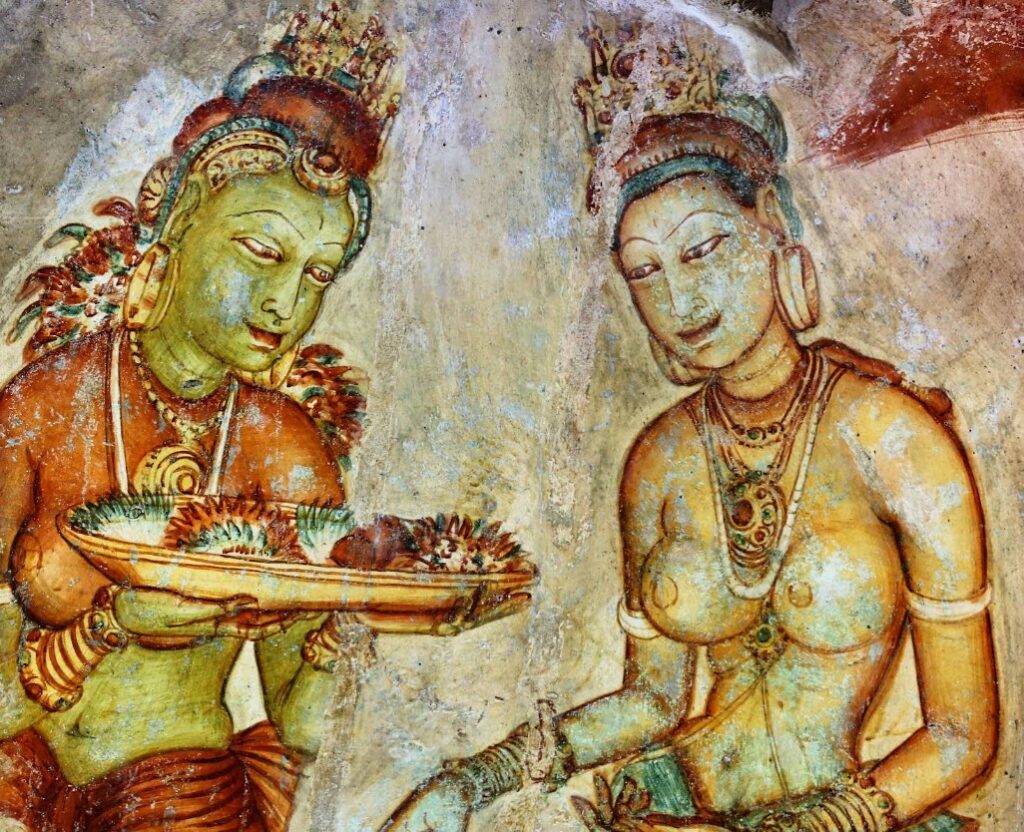
Cultural and Symbolic Significance
Sigiriya is not merely a fortress or palace; it is the combination of political authority, artistic brilliance, and religious significance. The mere fact of constructing a palace of a king on top of a huge rock signifies control over nature and divine ambition. The combination of natural and built elements—rock, water, and forest—into urban design reflects a comprehensive perspective, where buildings exist in harmony with the environment.
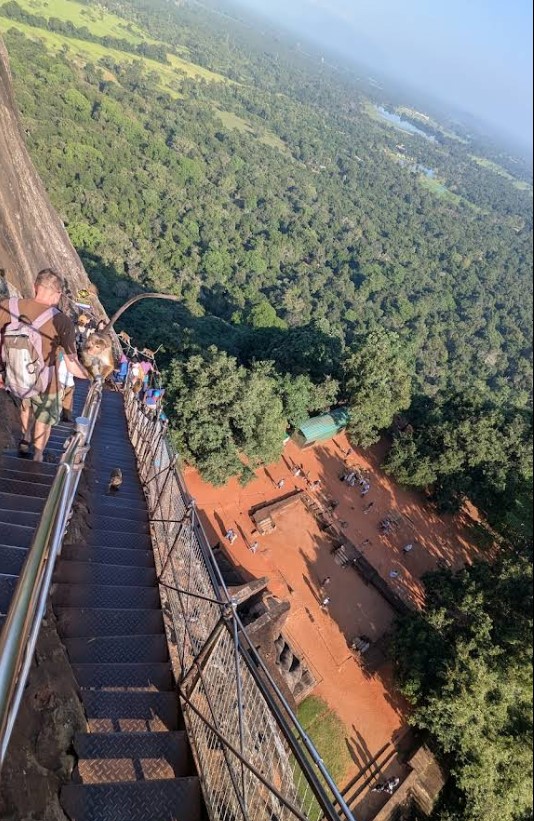
According to some historians, Sigiriya was not only a military fortress but also an actualisation of King Kashyapa’s dream of a “paradise on Earth.” The design is in conformity with Buddhist cosmology, and the rock palace represents Mount Meru, the cosmic hub of the universe in Buddhist and Hindu mythology.
Decline and Rediscovery
Following the death of King Kashyapa, Sigiriya ceased to be a political capital and was ultimately abandoned. It remained forgotten for centuries until it was rediscovered by British archaeologists in the 19th century. Since then, extensive excavations and preservation work have been carried out in order to preserve and research the site.
Sigiriya was a UNESCO World Heritage Site in 1982 due to its universal exceptional value. It is currently one of Sri Lanka’s top destinations, attracting thousands of visitors annually.
Sigiriya is a majestic testament to Sri Lanka’s own rich cultural past. From its dramatic design and artistic beauty to its mysterious history and spiritual associations, it is still a source of awe and inspiration to individuals worldwide. Both as an engineering wonder and an art form of ageless beauty, Sigiriya exists to bridge past and present, reminding us all of our universal human yearnings for beauty, power, and transcendence.

Preservation of Sigiriya is not saving a piece of history; it is giving respect to our ancestors’ wisdom and ensuring that future generations can learn from one of the greatest achievements the world has ever known.
How to Go to Sigiriya – Travel Guide
Location
- Sigiriya Rock Fortress is located about 175 km (109 miles) northeast of Colombo, Sri Lanka’s capital.
- The nearest major town is Dambulla, about 15 km (9 miles) from Sigiriya.
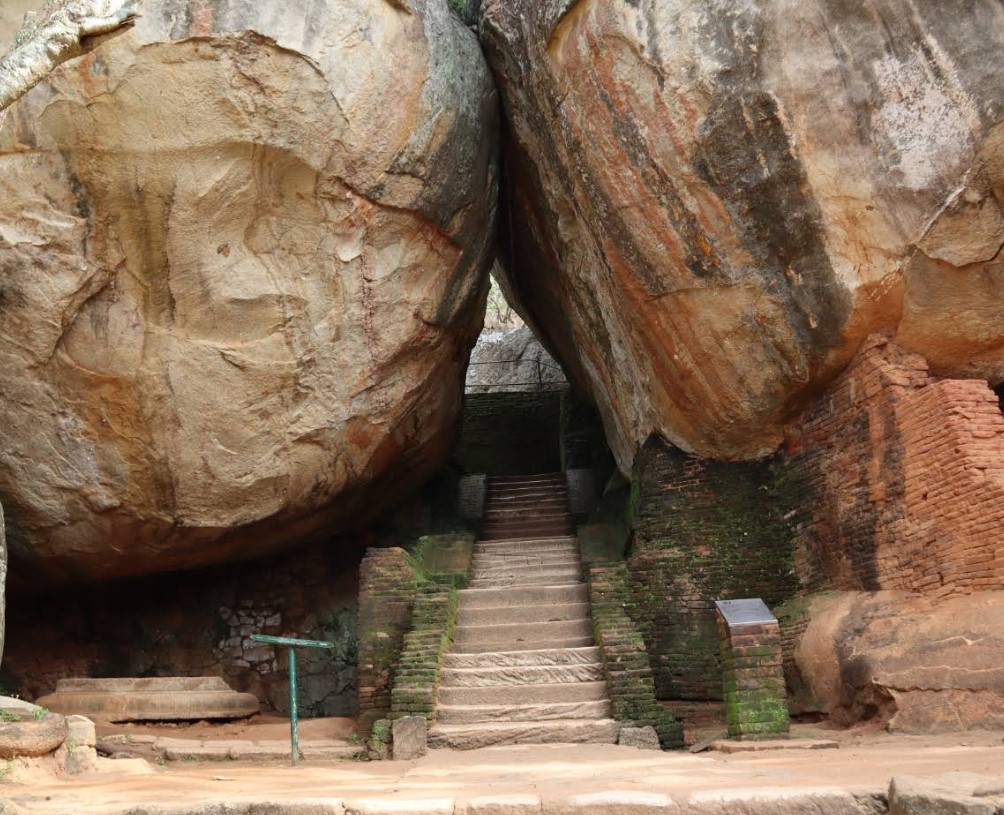
By Train
- Closest Railway Station:Habarana
- From Colombo Fort Railway Station, take a train towards Trincomalee or Batticaloa, and get off at Habarana.
- Travel time: 4–5 hours
- From Habarana, take a taxi or tuk-tuk (~30 minutes) to reach Sigiriya.
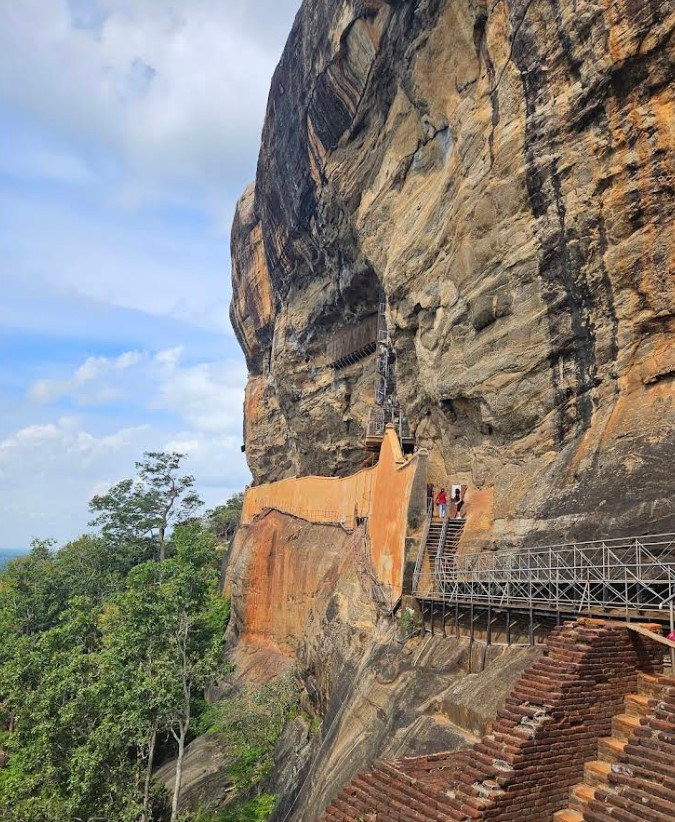
By Bus
Option 1: From Colombo
- Take an intercity or local bus to Dambulla (available from Pettah Bus Stand).
- Travel time: 4–5 hours
- From Dambulla, take a local bus or tuk-tuk to Sigiriya (30–45 minutes).
Option 2: From Kandy
- Buses from Kandy to Dambulla run regularly.
- Travel time: 2.5–3 hours
- Then proceed to Sigiriya from Dambulla.
By Car or Taxi
- Hiring a private taxi or using a ride-hailing app (like PickMe or Uber) is the most convenient but expensive option.
- Travel time from:
- Colombo: 4–5 hours
- Kandy: 2.5 hours
- Dambulla: 30–45 minutes
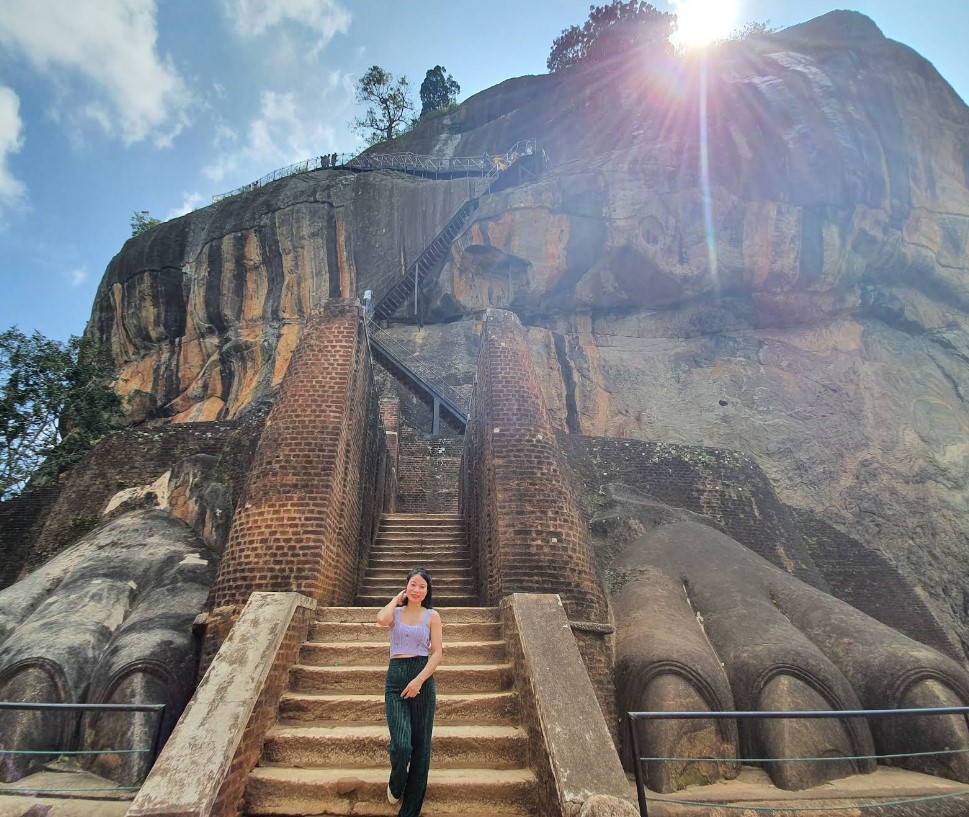
By Tuk-Tuk or Scooter
- From Dambulla or Habarana, renting a scooter or hiring a tuk-tuk is a popular and scenic way to reach Sigiriya.
- Good option for budget travelers or those wanting flexibility.
By Air (Fastest but Costly)
- Domestic flights are available to nearby airstrips via Cinnamon Air or Helitours.
- The closest airstrip is Sigiriya Airport, used for chartered/domestic flights.
- Great for luxury travelers or those short on time.
Best Time to Visit
- Morning is best to avoid heat and crowds (go early!).
- Dry season (December to April, and June to August) is ideal.
